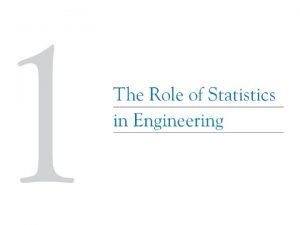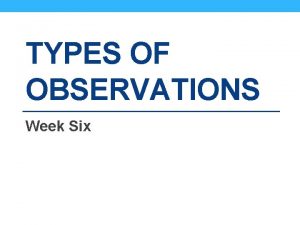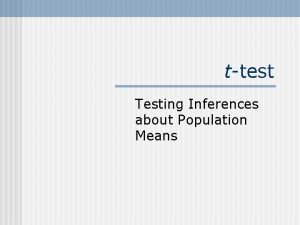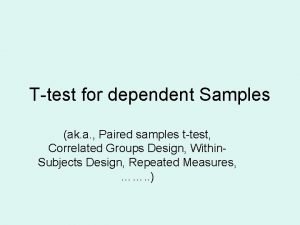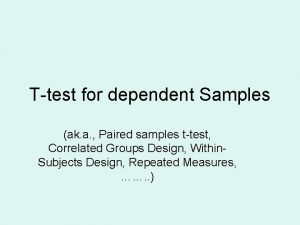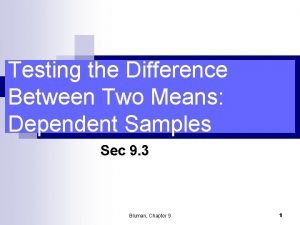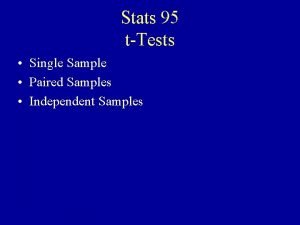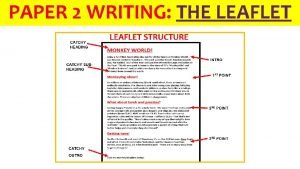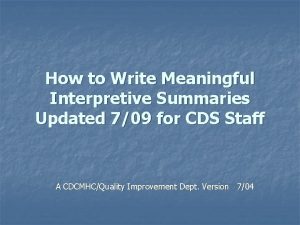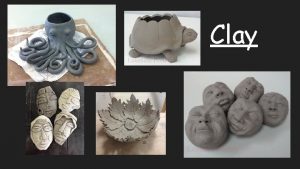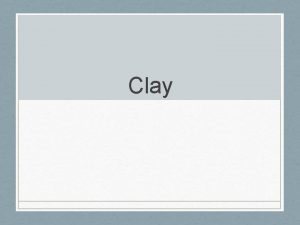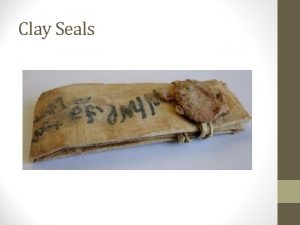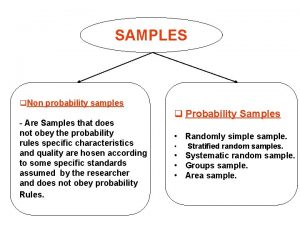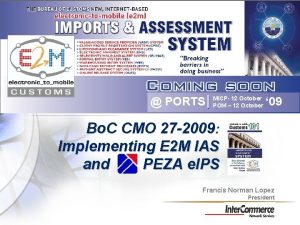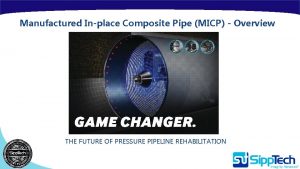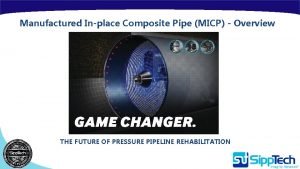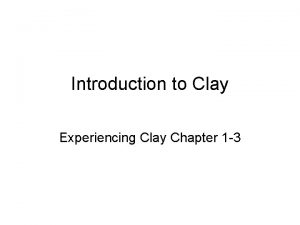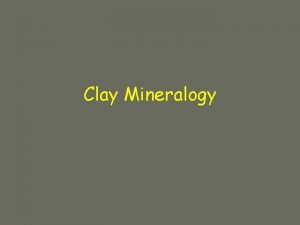MICP typical data on small samples Clay destructiontexture

















- Slides: 17

MICP – typical data on small samples • Clay destruction/texture alteration – pore volume increases during the test – distorted Pc curves 1

MICP curves - then 2

MICP curves - now 3

Irreducible water saturation, Swirr 4

New core acquisition • What core analysis tests do we need? – don’t pick tests from a menu – review legacy data for uncertainties & gaps • Is the contractor interpretation correct? – “raw” data needed to check and verify • Can operators improve on the lab interpretation? – “end users must not abdicate their responsibility for the interpretation of core data” 5

Planning for core analysis • Well operations – core bit, mud, tracers, preservation – core handling and stabilisation • Stage analysis program – to suit business needs – flexibility in-built 6

Improved project management • Project team – The lab is part of the team! • Single operator focal point • Real time quality control • Improved documentation – test specifications & reporting – invaluable in unitisation • Key Personnel – – – – Drillers/well operations Wellsite geologists Mud engineers Company geologists Company petrophysicists Coring company Core analysis vendor 7

Improved core analysis management • Better core • Coherent and consistent core analysis • Added value – data redundancy less than 10% • Labs more involved and aligned with stakeholder objectives • Full data audit trail – better equity and unitisation positions • Less uncertainty in reservoir models Price is what you pay. Value is what you get - Warren Buffet 8

Core Analysis: A Guide to Maximising Added Value Questions & discussion Colin Mc. Phee Senergy (GB) Limited Society of Petroleum Engineers Distinguished Lecturer Program www. spe. org/dl 9

Back Up Slides 10

Porous plate Pc • Semi-permeable membrane – capillary contact medium • Loss of capillary contact – air/oil enters porous plate or contact medium before sample fully desaturates • Non-equilibrium saturation – plate permeability is low – brine relative permeability low – drainage through plate is slow 11

Porous plate Pc 500 Air-water capillary pressure (psi) Underestimate OIP in Sw-height models • Semi-permeable membrane – capillary contact medium 400 • Loss of capillary contact – air/oil enters porous plate or contact 200 medium before sample fully desaturates • 100 Non-equilibrium saturation – plate permeability is low – brine relative permeability low is slow 0– drainage 0. 2 through Waterplate Saturation (v/v) 0. 8 1. 0 12

Formation factor (F) and ‘m’ 13

Resistivity index (I) and ‘n’ 14

MICP – sample damage • Clay destruction/texture alteration – pore volume increases during the test – distorted Pc curves 15

SPE August 2010 16

Example plug history sheet 17
 A typical gd comprises of a small group of candidates
A typical gd comprises of a small group of candidates Samples of collecting engineering data
Samples of collecting engineering data Telpas writing samples
Telpas writing samples Sample anecdotal records for behavior
Sample anecdotal records for behavior Formula for t test independent samples
Formula for t test independent samples T test example
T test example Dependent samples
Dependent samples Testing the difference between two means dependent samples
Testing the difference between two means dependent samples Successive independent samples design examples
Successive independent samples design examples How to write a supported opinion paragraph
How to write a supported opinion paragraph Paired t test vs unpaired
Paired t test vs unpaired Internal audit risk assessment matrix for banks
Internal audit risk assessment matrix for banks Persuasive words and phrases
Persuasive words and phrases What is paper presentation
What is paper presentation Leaflet example writing
Leaflet example writing Nonprofit dashboard samples
Nonprofit dashboard samples Ess ia topics 2020
Ess ia topics 2020 How to write an interpretive summary
How to write an interpretive summary

